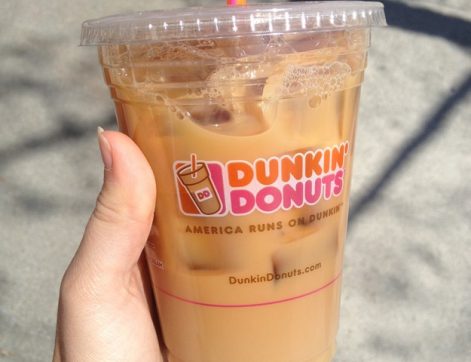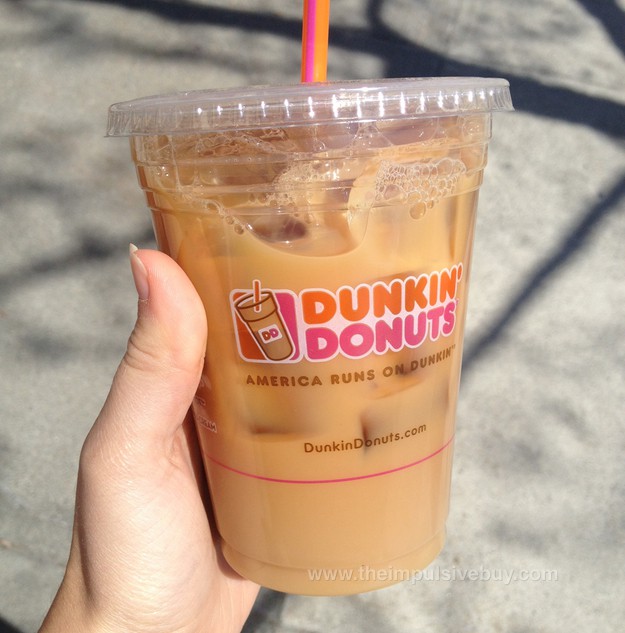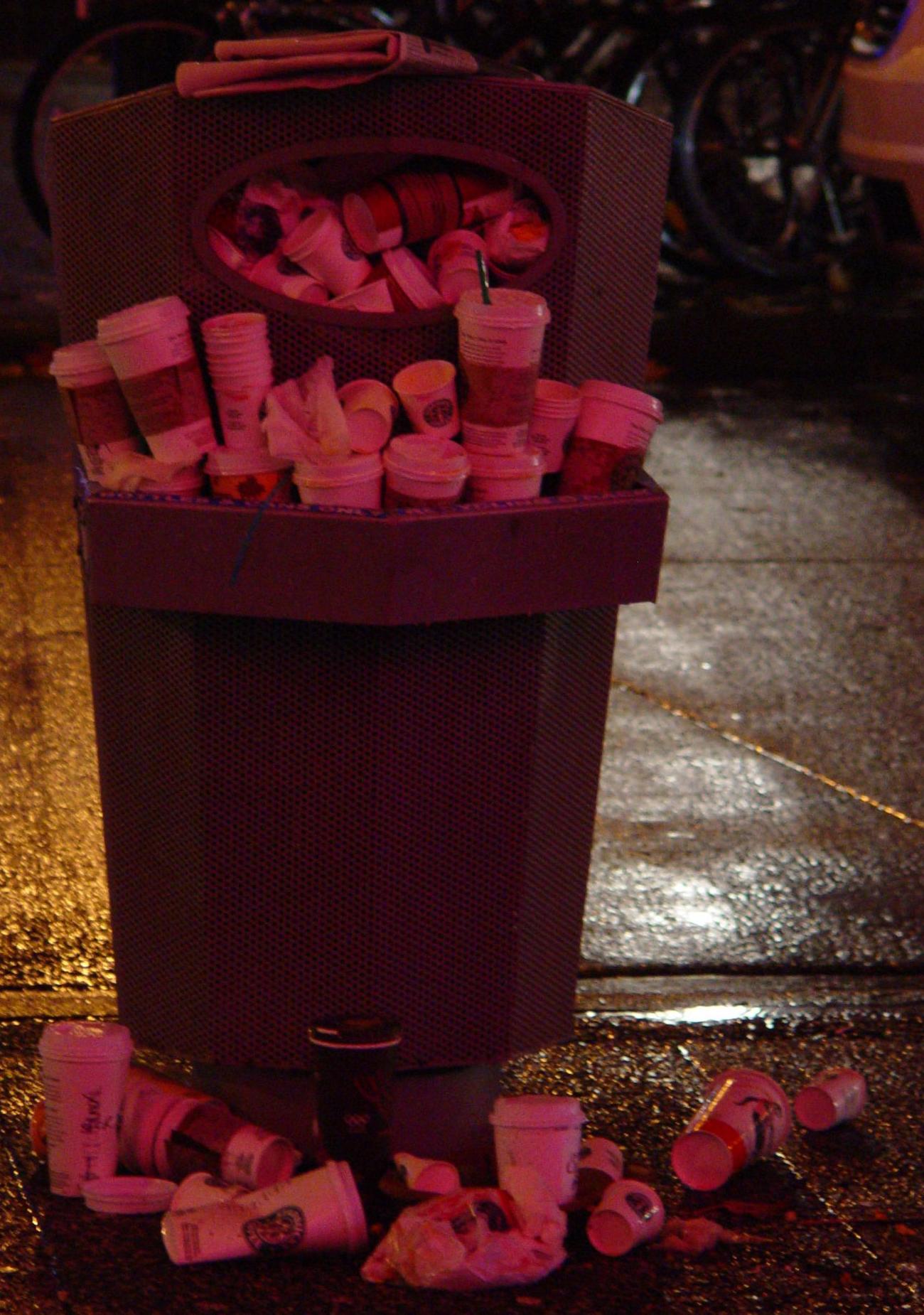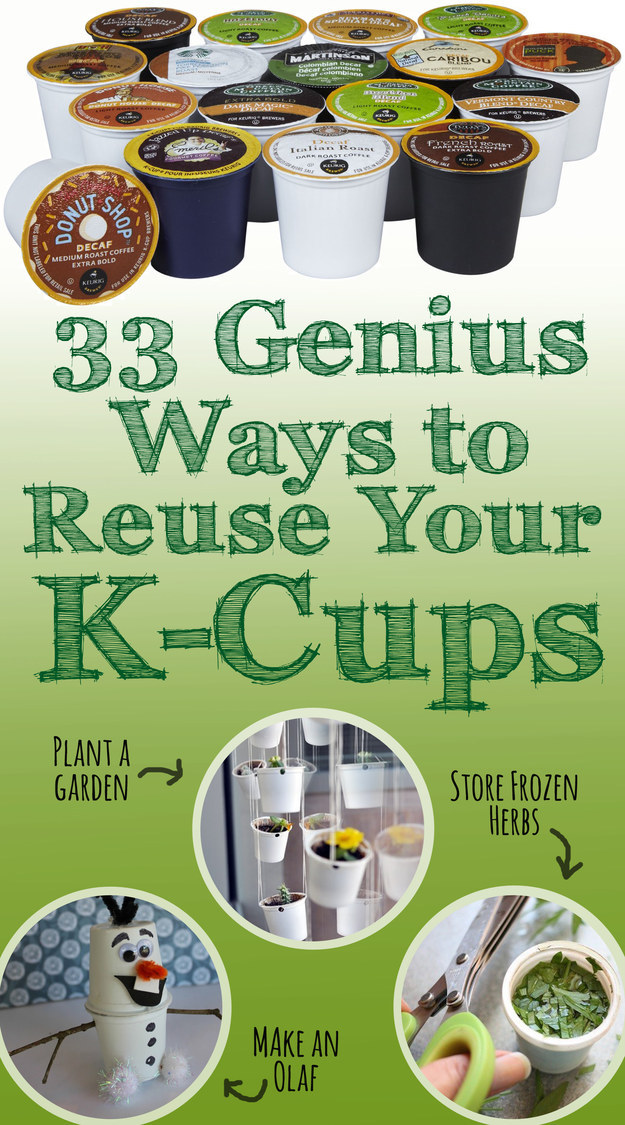Each morning you wake up, get ready for the work day, and reach for that delicious, aromatic and caffeinated beverage…which is filling our country’s landfills. Yes, I’m talking about coffee. An estimated 83% of adults in the United States drink 587 million cups of coffee a year. Coffee provides us with caffeine to keep us alert through the day and antioxidants to keep us healthy. This miracle beverage has even been linked to reducing our risk of getting (liver) cancer. So if you drink coffee, there’s no way you could be doing any harm, right? Wrong.
Coffee has become a large contributor of waste. Every time you go to a coffee shop and grab a cup to go, your cup contributes to the waste footprint. Some companies use paper cups, which is an easy material to recycle. But do you recycle it? Other companies use Styrofoam for its insulating properties. It’s understandably difficult to turn down a cup option which keeps both your hand and the precious liquid a desirable temperature. And these environmentally unfriendly options are of low cost to the coffee shop and consequently to you.
Professor David Tyler, a chemist at the University of Oregon, addressed Styrofoam’s “worst material” stereotype by conducting a life-cycle assessment. The results of his study demonstrated that Styrofoam cups are no worse than paper cups for the environment. The carbon footprint of a Styrofoam cup (i.e., its contribution to greenhouse gases) is less than a paper cup. However, it does take Styrofoam longer to degrade. The choice is up to you; do you care more about carbon footprint or garbage reduction?
Before we’re able to take a sip, we need to address another important coffee waste concern which is infamous in the New England region: the double cup. Found in both icy and sweltering temperatures, Dunkin Donuts and other coffee shops allow you to request your iced coffee in a cup within a cup. In the colder weather, your plastic drink cup is slid into a Styrofoam cup to keep the iced coffee from chilling your already chilled hands. In the warm weather, the Styrofoam second cup catches the condensation from your refreshingly cold drink. In both cases, the Styrofoam cup is being added as an insulator. And in both cases, you are contributing twice the amount of waste to the garbage.
And it’s not just cups that are filling our landfills.
In recent years, the single-serve coffee brewer has been at the forefront of home brewing. Keurig (now owned by Green Mountain Coffee Roasters) developed the K-Cup brewing system in the mid-1990s. As most of you know, it consists of a brewer and a K-Cup – a plastic container with a filter and 11 grams of ground coffee beans, vacuum sealed to prevent oxidation. The plastic container is made from a special plastic mix designed to withstand the heated brewing process. The brewer punctures a hole in the top and bottom of the K-Cup and passes hot water through the cup and into a mug. Once the K-Cup is brewed, it is disposed of, and it becomes a component of our waste footprint. While coffee grounds are compostable, K-Cup plastic containers are not. That isn’t to say they aren’t reusable though! Click the image below for ways to reuse your office’s K-Cups.
John Sylvan was the brains behind Keurig and what he calls the “single-serve delivery mechanism for an addictive substance.” He created Keurig in 1992 and sold off his share of the company in 1997 for a mere $50,000. Keurig is now generating $4.7 billion in revenue. Now that the K-Cup has received backlash from consumers, environmentalists, and more, John Sylvan states, “I feel bad sometimes that I ever did it.”
Coffee grounds are compostable, however the K-Cup plastic container is only recyclable in a few Canadian cities. The good news: Keurig Green Mountain has taken a pledge to create a fully recyclable K-Cup. The bad news: It won’t make its debut until 2020. Until then, we’ll have to be conscious about how we make our coffee!
Now that we’re finally ready to take a sip, cherish that taste of sweet…guilt! But perhaps there are ways we can lessen the guilt and lessen the environmental impact of drinking coffee. Coffee has always served as a treat, an energizer, and it is known for bringing people together. Consider bringing people together for an even greater benefit by encouraging environmentally responsible caffeinated practices in your office, whether it is supplying company-wide reusable coffee cups that all coffee shops are eager to fill, or by using a coffee-koozy to substitute the Styrofoam cup. Hey, there are some great opportunities for company branding here!
For more on the history of K-Cups and the environmental impact of coffee drinkers, check-out this article from The Atlantic.






